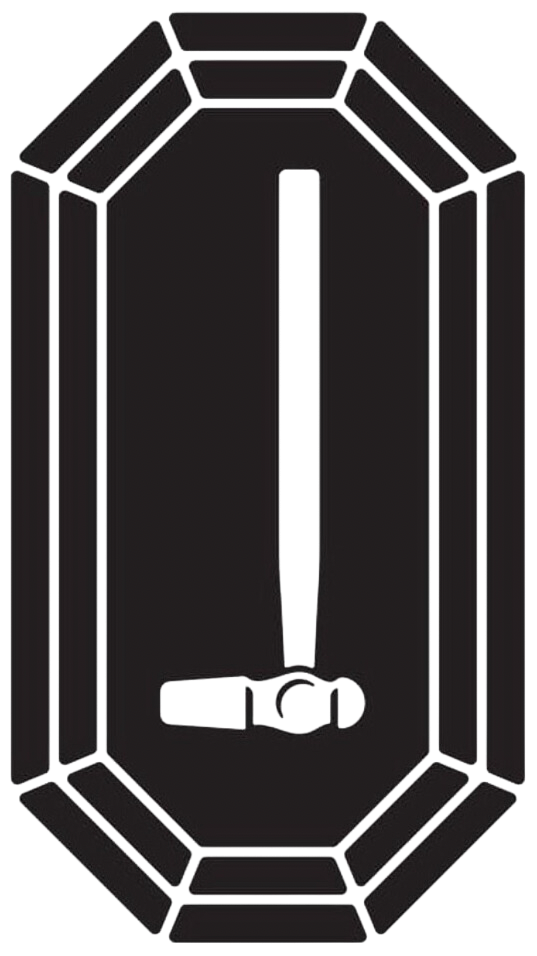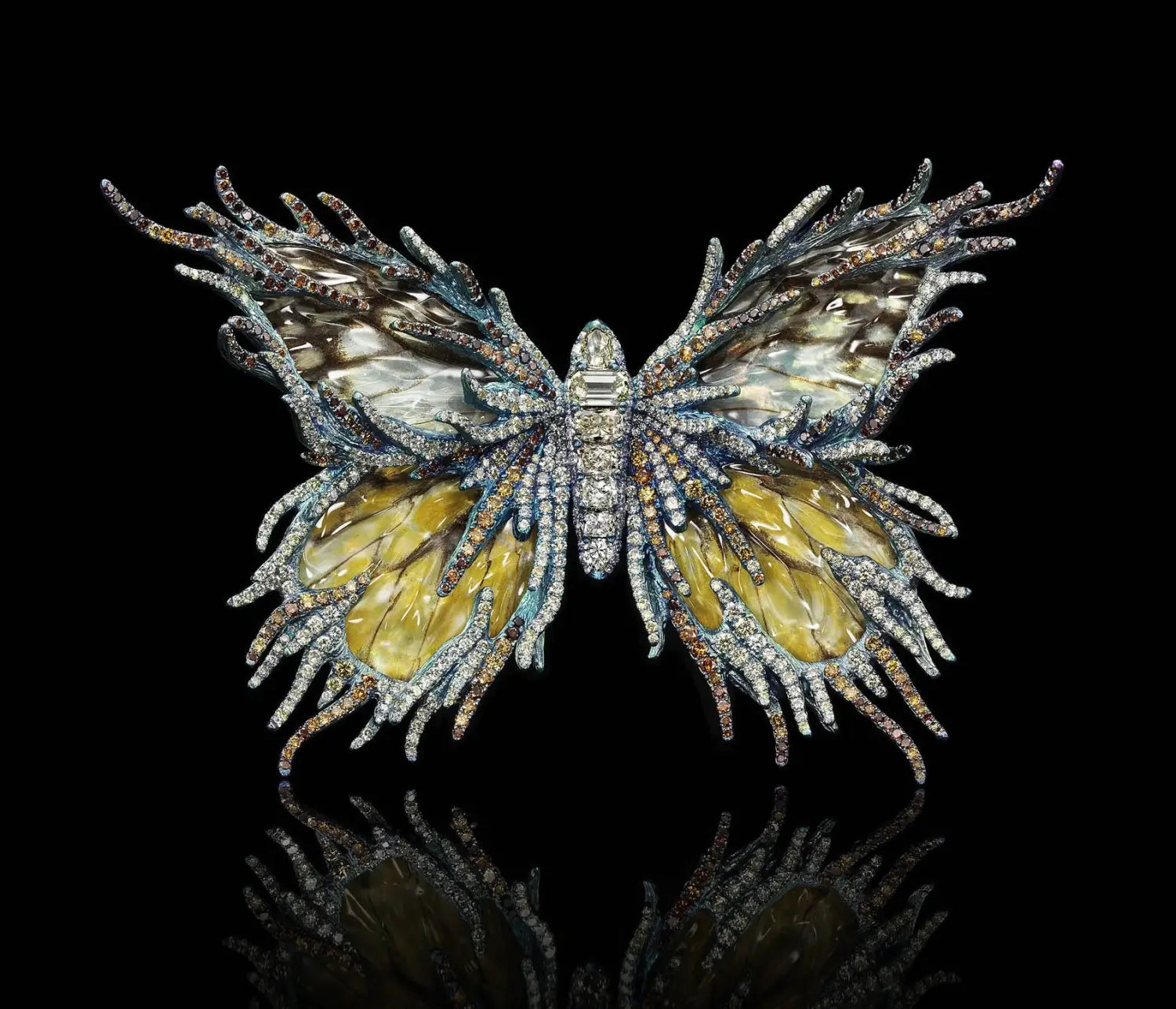Sri Lankan Sapphires: The Big Shots of the Blue Stones
One of the most famous pieces of jewelry in all of history is the ring chosen by Princess Diana for her engagement to Prince Charles, heir apparent to the British throne. Designed by venerable royal jeweler Garrard, the cluster-style ring features a 12-carat blue sapphire, oval-shaped and unheated, encircled by a halo of diamonds set in 18-karat white gold. The sapphire is magnificent—in fact, “astonishingly beautiful,” says Sara Prentice, Garrard’s creative director—with an intense-blue color and exceptional luster. Its birthplace? Ceylon, now called Sri Lanka.
Princess Diana's Sri Lankan blue sapphire engagement ring, now passed on to The Duchess of Cambridge Kate Middleton, is arguably one of the most famous pieces of jewelry in history.
For thousands of years, Sri Lanka has been the most significant producer of top-quality natural blue sapphires in the world. These include some of the largest fine-quality blue sapphires ever discovered. According to historical accounts, the island country—referred to affectionately as Ratna-Dweepa, which means “Gem Island” in Sinhalese—has the oldest known sapphire mines. These were recognized as early as the second century, with an active international trade by the fourth and fifth centuries. Explorer Marco Polo even made note of the trade during his adventures, saying Sri Lanka has the best sapphires on Earth.
The Special Qualities of Sri Lankan Blue Sapphires
What makes the blue sapphires from Sri Lanka so special is undoubtedly their color. It’s most often described as a vibrant blue that’s lighter and brighter than blue sapphires from other sources. Some call it a “peacock blue”; others call it an “electric blue.” This color in Sri Lankan sapphires is also often concentrated close to the surface of the crystal giving them marvelous face-up appeal.
For comparison’s sake, Kashmir sapphires—considered the finest and most legendary of all the blue sapphires—are famous for their intense, medium-dark blue with a velvety appearance that’s highly saturated and uniform throughout the stones. The color is often referred to as “cornflower blue” because it resembles the flower’s almost fluorescent blue petals. Burmese sapphires, meanwhile, are known for their “royal blue” color that’s somewhat darker than the blue of both Kashmir and Sri Lankan sapphires.

The “Prince Albert Sapphire Brooch” features a stunning deep-blue Sri Lankan sapphire of significant size. It’s considered a signature piece of jewelry for Queen Elizabeth II.
This range of blue color in sapphires is caused by the type and amount of color-causing trace elements in the region in which they were formed. Sapphire belongs to the mineral corundum, a crystalline form of aluminum oxide, which is colorless in its purest state. When the trace elements iron and titanium are present at the time the corundum is developed, the corundum is blue sapphire. The more iron present in the region of the sapphire deposit, the darker the blue.
Sapphires also have their own unique inclusions, or internal characteristics, depending on the region they’re formed in. For instance, the hallmark inclusion characteristic of Sri Lankan sapphires is long, slender rutile needles. These are often sparsely and evenly distributed, with single needles sometimes crossing an entire stone.
World Famous Sri Lankan Blue Sapphires
Considering the outstanding color of Sri Lankan blue sapphires and the sizes that have been discovered there, it’s no wonder the country has produced some of the most celebrated blue sapphires in the world.
In addition to Princess Diana’s engagement ring, now passed to The Duchess of Cambridge Kate Middleton, there’s the “Prince Albert Sapphire Brooch” given to Queen Victoria by Prince Albert on the eve of their wedding day. It features a stunning deep-blue Sri Lankan sapphire of significant size in an oval shape surrounded by 12 large round diamonds. The brooch then passed from Victoria to the queen consorts—Queen Alexandra, Queen Mary and the Queen Mother—and then to Queen Elizabeth II on her accession to the throne. The brooch is undoubtedly the Queen’s signature piece of jewelry and perhaps her most cherished.

The 423-carat “Logan Sapphire” from Sri Lanka is one of the world’s largest faceted blue sapphires. Photo courtesy of the Smithsonian National Museum of Natural History.
The exceptional 423-carat “Logan Sapphire,” meanwhile, cut from a crystal mined in Sri Lanka, is one of the world’s largest faceted blue sapphires. It has a blue color with very slight violet overtones, certified without heat treatment by the Gemological Institute of America. It’s fashioned into a cushion shape with a mixed cut and set in a gold and silver brooch framed by 20 round brilliant-cut diamonds totaling approximately 16 carats. Part of the National Gem Collection of the Smithsonian Natural Museum of Natural History in Washington, D.C., it is their heaviest mounted gem.
Perhaps one of the finest examples of a Sri Lankan blue sapphire is the “Blue Belle of Asia.” Totaling approximately 392.52 carats, the cushion-shaped blue sapphire is absolutely extraordinary, with no indications of heat treatment as certified by the SSEF Swiss Gemmological Institute. The gem is the focal point of a spectacular brilliant-cut diamond neckchain that suspends a brilliant-cut diamond tassel pendant with oval-shaped diamond terminals, all mounted in gold. The necklace sold at Christie’s Magnificent Jewels auction on Nov. 11, 2014, for a world-record price of $18 million. It’s been said that there will never be a gemstone to replace it, as it was a masterpiece created by Mother Nature millions of years ago.

A necklace featuring the 392.52-carat “Blue Belle of Asia” from Sri Lanka sold for a world-record price of $18 million at Christie's in November 2014. Photo courtesy of Christie's.
Perhaps there are still blue sapphire treasures such as this in Sri Lanka waiting to be unearthed. The country is still producing a quality and quantity of blue sapphires rivaled only by new deposits found in Madagascar, which are in many cases almost identical. Here at Jogani, we’re delighted to have a collection of splendid blue sapphires from Sri Lanka, as well as fancy color sapphires from the region. Their striking hues are utterly desirable, enlivening any jewel or gem collection with an unbounded spirit.

